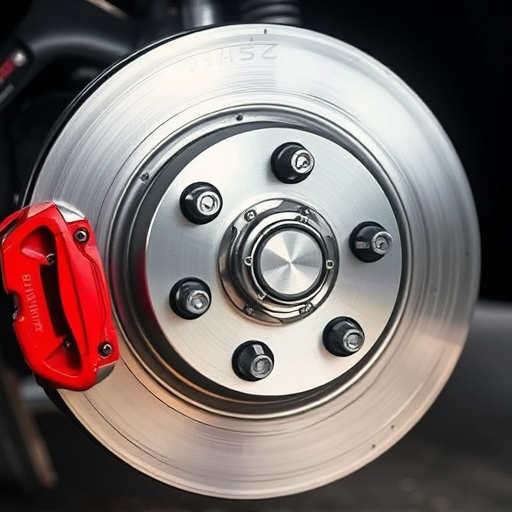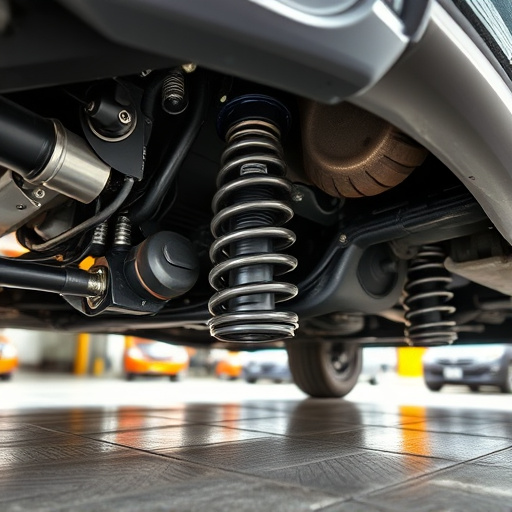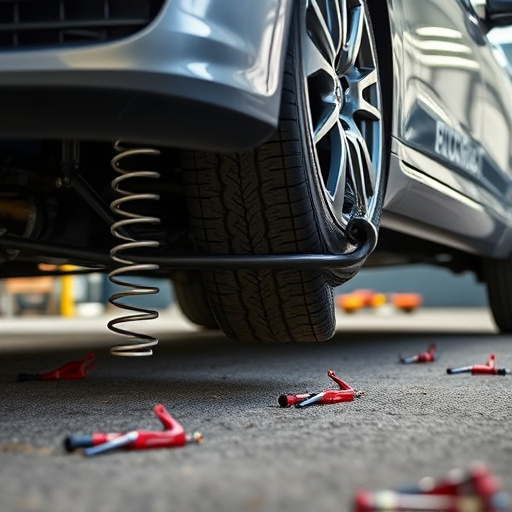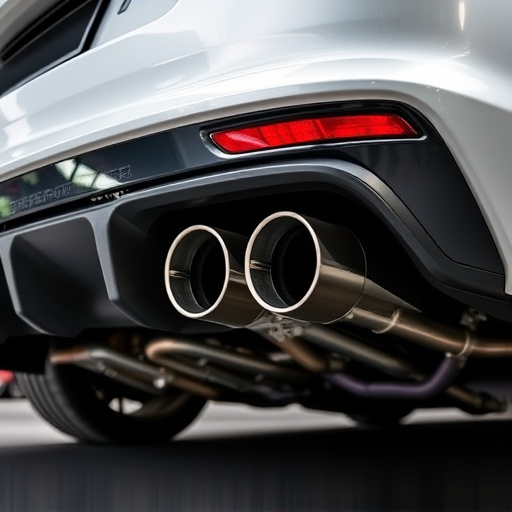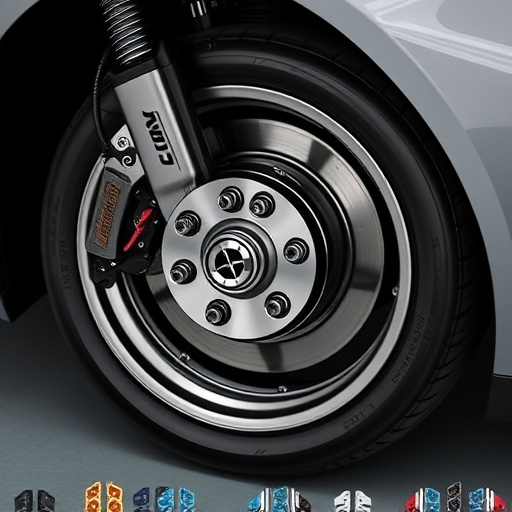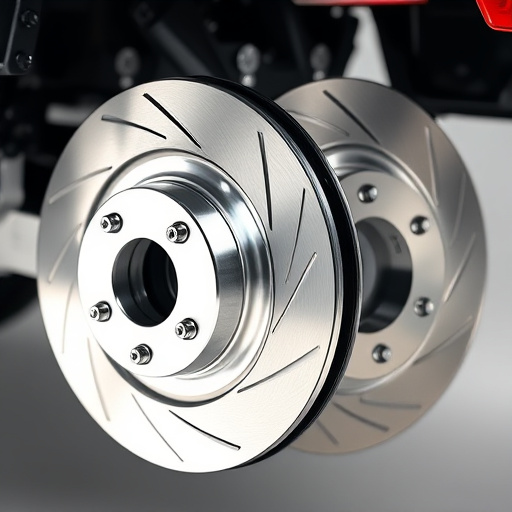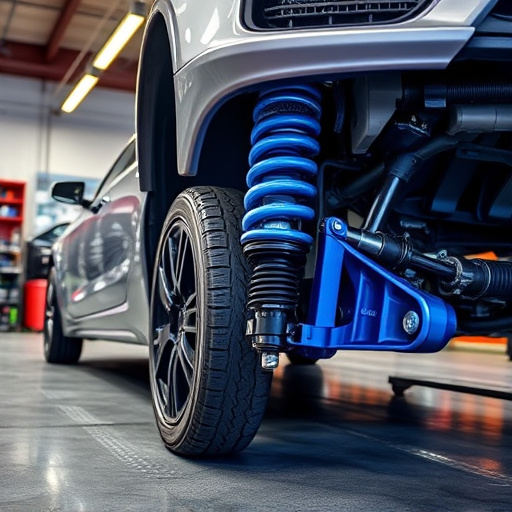Truck exhaust tips (tailpipes) and mufflers are key for high-performance trucks. Tips merge exhaust gases for reduced backpressure, boosting power, while mufflers quiet noise without restricting flow. Upgrades like coilover kits and cold air intakes, combined with quality brake pads, enhance performance and driving dynamics, making truck exhaust tips essential considerations for enthusiasts.
In the realm of trucking, understanding the intricacies of your vehicle’s exhaust system is key to performance and efficiency. This article delves into the essential components that shape a truck’s exhaust, focusing on two critical elements: truck exhaust tips and mufflers. By exploring their roles and distinct differences in function and design, you’ll gain valuable insights to make informed decisions for your fleet’s upkeep and optimization.
- Understanding Truck Exhaust Components
- The Role of Tips and Mufflers
- Key Differences: Function and Design
Understanding Truck Exhaust Components
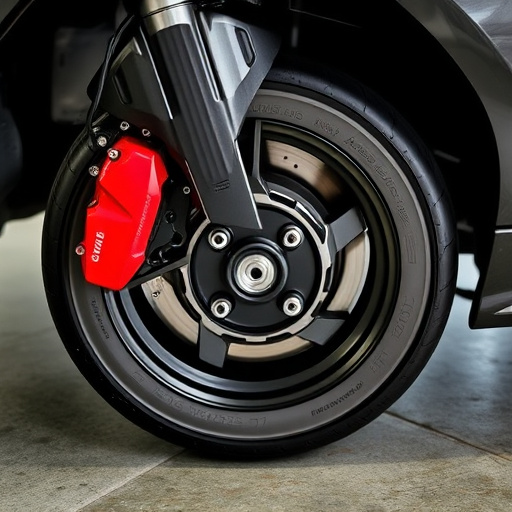
Truck exhaust systems are a crucial component for any vehicle, especially those with high-performance engines. Understanding the key parts, like truck exhaust tips and mufflers, is essential when it comes to optimizing your truck’s performance and efficiency.
Exhaust tips, also known as tailpipes, are the final components of the exhaust system, responsible for directing spent gases away from the engine. They not only contribute to the overall aesthetics of a truck but also play a vital role in reducing noise levels. In contrast, mufflers are designed to muffle and reduce the decibel level of exhaust gases, ensuring a quieter ride without compromising performance. High-performance parts, such as coilover kits, can enhance the exhaust system’s capabilities, allowing for better control over gas flow and potentially increasing engine power, especially when combined with upgraded brake pads for a more responsive driving experience.
The Role of Tips and Mufflers
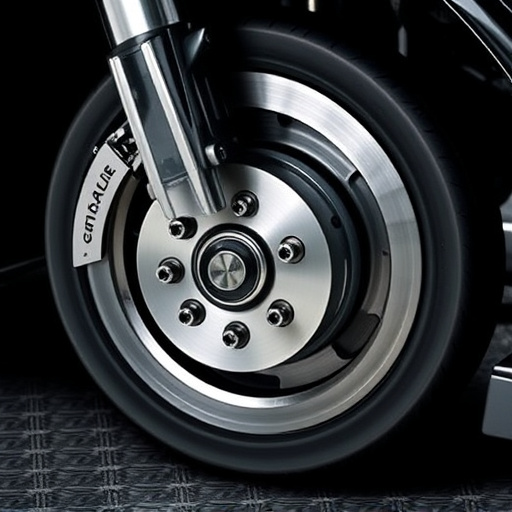
The truck exhaust tips and mufflers are vital components of a vehicle’s engine system, each playing distinct roles in optimizing performance. Exhaust tips, also known as exhaust headers or collectors, serve as the entry points for exhaust gases from individual cylinder exhaust ports. Their primary function is to merge these gases into a single flow, reducing backpressure within the engine and enhancing its power output. This component is often made of durable materials like stainless steel to withstand high-temperature conditions.
Mufflers, on the other hand, are designed to muffle the noise generated by the escaping exhaust gases. They achieve this through various chambers and baffles that disrupt the gas flow, thereby reducing noise levels without significantly restricting exhaust flow. While mufflers are primarily focused on noise reduction, they also contribute to overall engine performance by ensuring a smooth and efficient exhaust process. Incorporating high-performance exhaust components like cold air intakes and performance air filters in conjunction with these parts can further enhance engine performance, making them essential considerations for enthusiasts seeking improved truck exhaust tips capabilities.
Key Differences: Function and Design
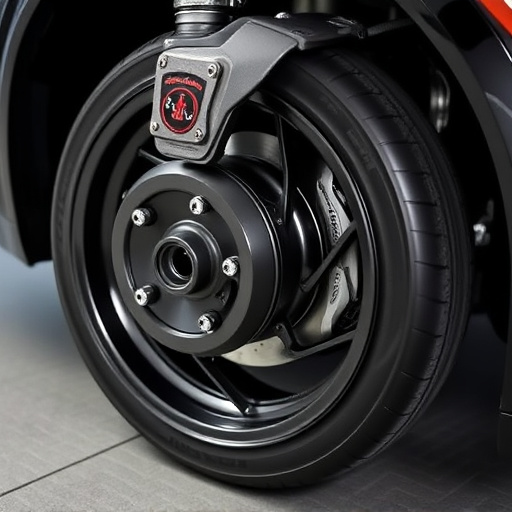
Truck exhaust tips and mufflers serve distinct purposes in enhancing a vehicle’s performance, with each component playing a crucial role in the overall exhaust system. Exhaust tips, often overlooked, are designed to direct the expelled gases from the engine, ensuring efficient flow. Their primary function is to direct the high-pressure, hot exhaust gasses away from the truck, reducing backpressure that can negatively impact engine performance. These tips usually feature a bell or oval shape, offering a streamlined path for exhaust gases to exit, which contributes to better aerodynamic efficiency.
In contrast, mufflers are responsible for silencing the noise produced by the engine’s combustion process. They achieve this through intricate internal chambers and perforated walls that disrupt the sound waves, reducing their intensity. While mufflers focus on noise reduction, exhaust tips prioritize flow and direction. When combined, these components work synergistically to not only optimize a truck’s performance but also ensure it meets noise pollution regulations, demonstrating the importance of understanding these key differences in design and function for optimal exhaust system maintenance and upgrades, such as performance air filters, suspension components, or air intake systems.
When it comes to optimizing your truck’s performance, understanding the nuances between truck exhaust tips and mufflers is key. While both play vital roles in managing noise levels and engine exhaust, their functions and designs differ significantly. Exhaust tips enhance gas flow and boost engine power, whereas mufflers primarily reduce noise pollution. By discerning these differences, truck owners can make informed choices to tailor their vehicles’ exhaust systems for either performance or noise reduction, ensuring a balanced driving experience that aligns with personal preferences and legal requirements.


